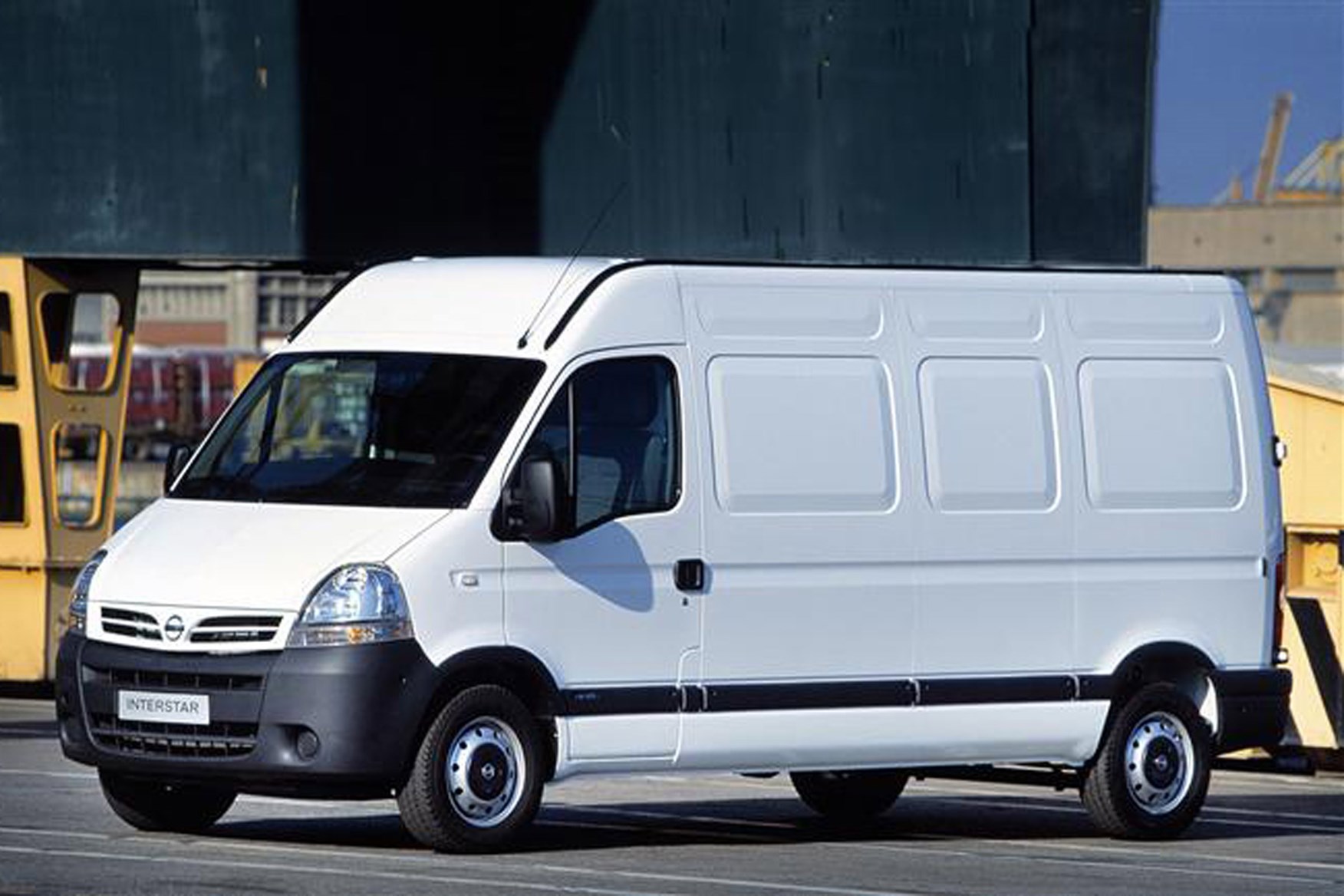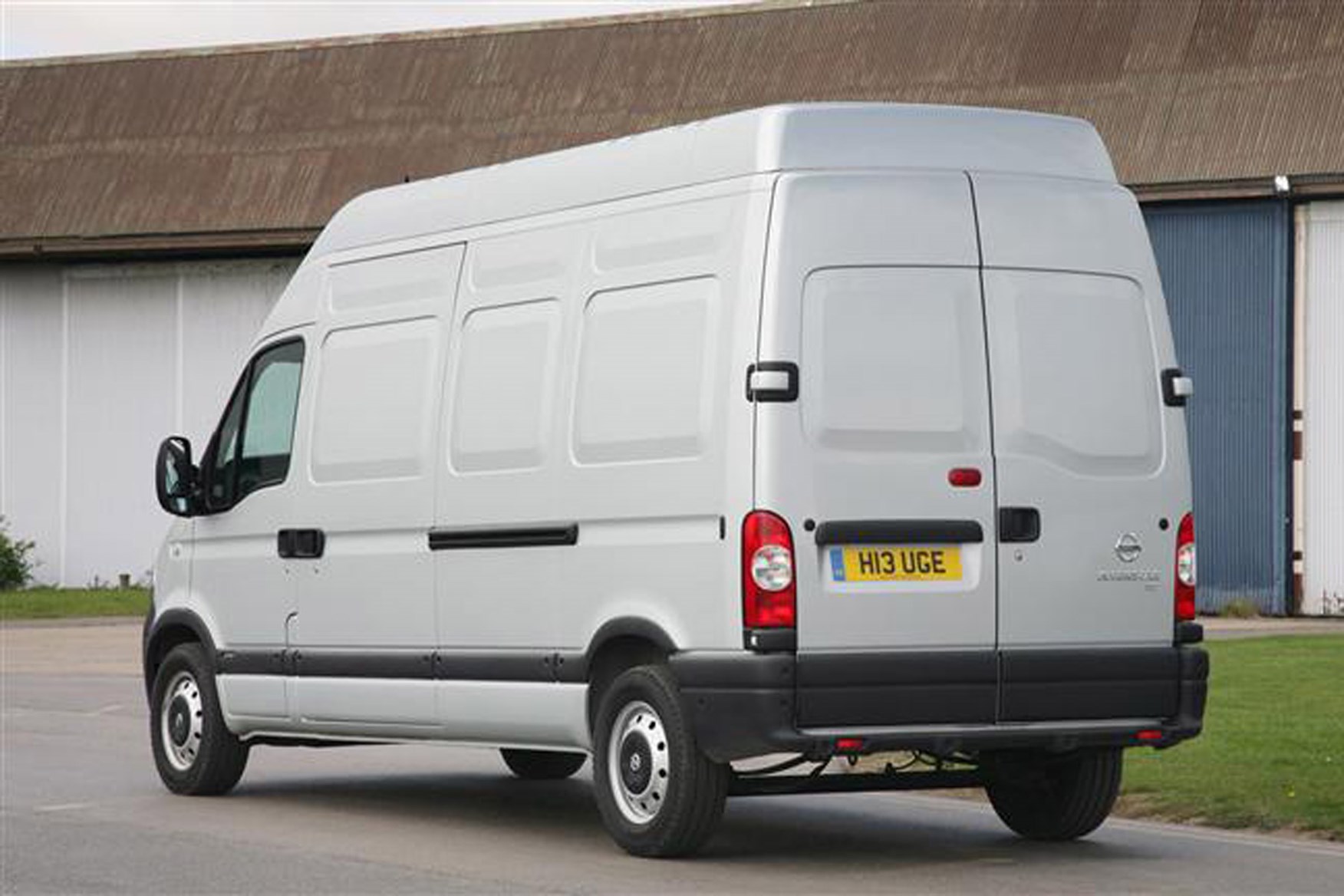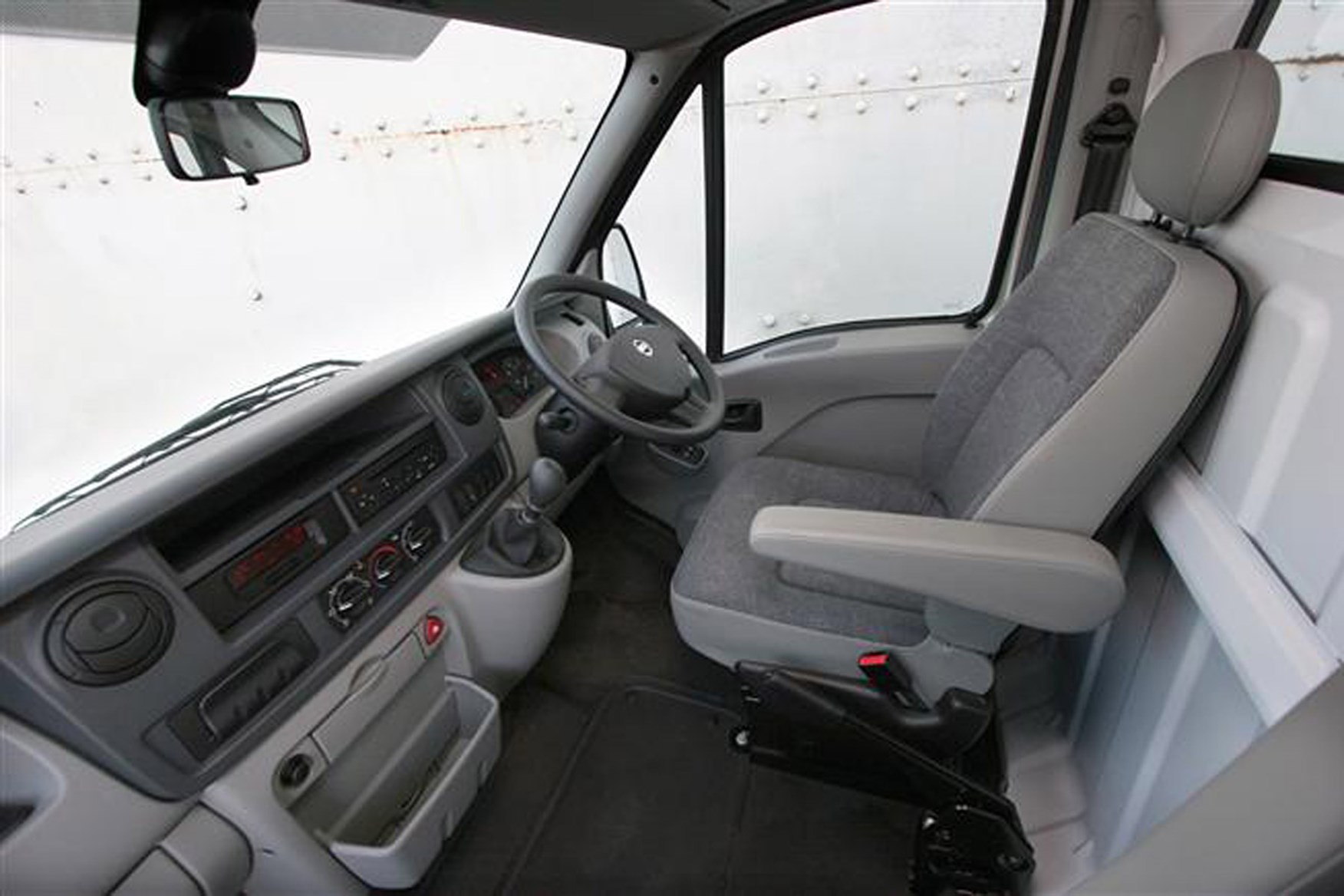Nissan Interstar review (2003-2011)
PROS
- Good cargo capacity
- Wide range of convenience options
CONS
- Base spec comes without vital safety kit
Summary
Nissan's big panel van came courtesy of its alliance with Renault and the French company's existing partnership with Opel/Vauxhall to produce the Renault Master and Opel/Vauxhall Movano.

Thoroughly refreshed in 2003, the Interstar provided a strong challenge to the large panel van sector favourites like the Ford Transit and Mercedes-Benz Sprinter. A choice of three body lengths, three roof heights and four common rail turbodiesel engines ensured broad appeal, but the Interstar also benefitted from a wide selection of options to modify the van to either individual or business requirements.
Skip to our full verdict on...
Engine choices included an 82hp, 1.9-litre diesel (SWB only) which offers 200Nm at 2,000rpm. A choice of two 2.5-lire diesel units with either 100hp (260Nm at 1500rpm) or 115hp (290Nm at 1600rpm), made up the mainstream choices, while at the top of the range there was a 3.0-litre diesel with 136hp and 320Nm at 1800rpm.
The two more powerful versions came with six-speed manual transmissions as standard, and the 3.0-litre we tested proved more than up to the job of carrying heavy loads.

The six-speed gearbox also meant a fairly relaxed environment at a steady 70mph on the motorway. Double wishbone front suspension means precise turn in, while leaf springs at the rear provide the best option for carrying loads, although it can feel a little skittish at the rear when empty.
Entry level E models came with a radio/cassette player, driver's airbag, power steering and a tubular bulkhead. An SE upgrade added a CD player, full metal bulkhead, electric windows, electrically adjustable/heated door mirrors, and a rear parking sensor.
Options included the climate pack (comprising a heat-reflective windscreen and air conditioning), technology pack (adding satellite navigation, cruise control and telephone pre-wiring), and the glazed pack (glazed bulkhead and rear doors with window demist).

The cabin is exceptionally comfortable for up to three adults, even over long distances, and there is a good range of seating adjustment for the driver. Large door mirrors provide good visibility to the rear. Two cup holders are provided, as well as under-seat storage and a dash-mounted document clip. Our test vehicle was also fitted with optional shelf/drawer units in the cargo compartment.
Not much to choose on cost between the Interstar and the Renault and Vauxhall equivalents, although the entry-level Interstar 1.9-litre diesel E model had less kit and a lower entry price than either a Master or a Movano.

The 1.9-litre model offers servicing at 18,000 miles or two years and 35.5mpg on the combined cycle. The 2.5-litre (both outputs) has a service interval of 24,000 miles and combined cycle fuel consumption of 31.7mpg, while the 3.0-litre can go 24,000 miles without an oil change.
Glow plugs in the 3.0-litre will last for 120,000 miles and the timing chain lasts 240,000 miles. Nissan offered a class-leading three-year mechanical warranty on the Interstar, as well as a 12-year anti-corrosion warranty. Nissan also provided three years' RAC roadside assistance.
Using proven mechanicals also used by Renault and Opel/Vauxhall, the Interstar should prove reliable. No major problems were reported when we drove it.
Drivers of the E spec Interstar have to do without ABS, although SE models have ABS with emergency braking assistance as well as seatbelt pre-tensioners.
A driver's airbag was standard across the range, and all versions had automatic door locking and side-impact protection beams in the doors.
Rear parking sensors were standard on SE models and both E and SE had a lockable glovebox, alarm and immobiliser.







